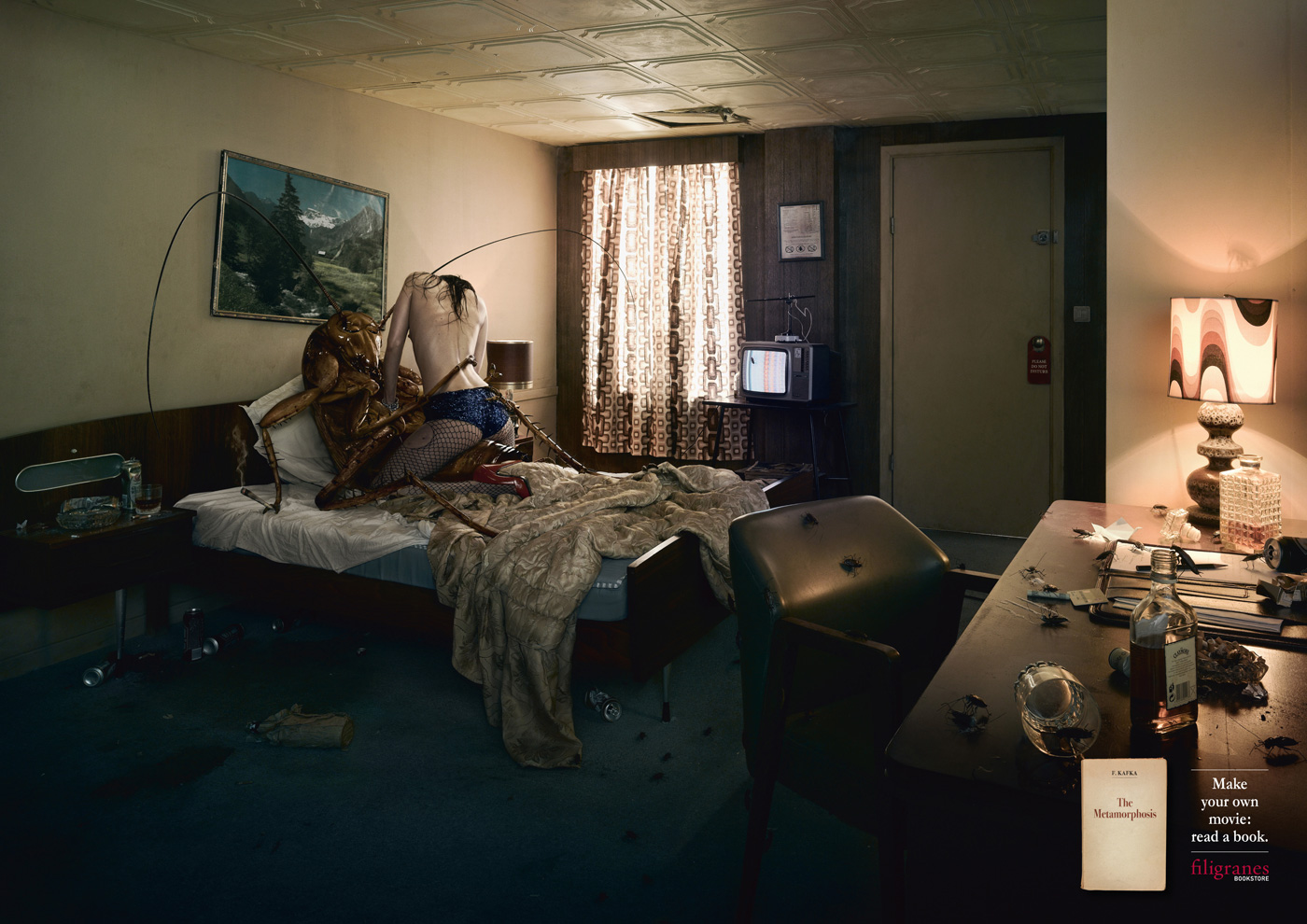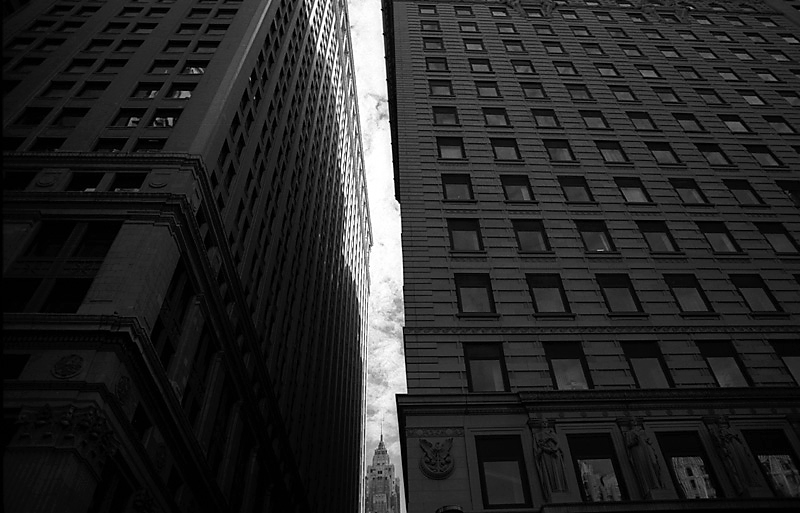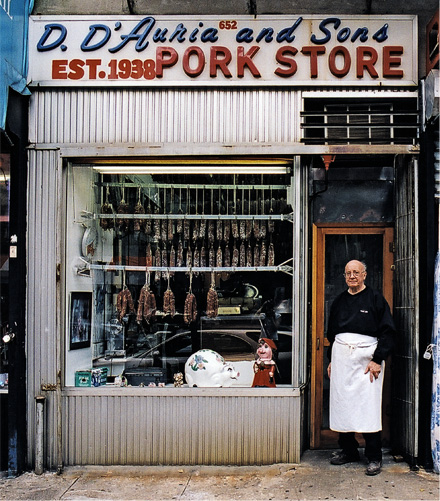Entries from March 2009 ↓
March 17th, 2009 — Sex

Bosch GSA900E 110V 900W Sabre Saw, used “when cutting into tight crevices”
As I’ve said here before, I don’t tend to do “Strange But True” stories on MEDIA ASSASSIN, but this KTLA.com clip from a week ago possessed such an extreme quality that I had to press it forward:
Woman Hurt in Sex Mishap Involving Power Tool
LEXINGTON PARK, Md.- A woman is recovering after being seriously injured in a mishap involving a sex toy.
A man who called 911 call said he had placed a sex toy over a saber saw blade, and then used the power tool on his partner, but the blade cut through the plastic and injured the woman.
The victim, a 27-year-old woman, was flown to Prince George’s hospital center by Maryland State Police helicopter.
County law enforcement officials say no charges will be filed, calling the incident accidental.
Wow. Can you imagine the screams that came out of her?
Now, a test: Which of these Darwin Awards nominees was the bigger bonehead: The man who, certainly, proposed that he and his partner utilize a tool made for cutting tree branches in foreplay, or the woman who agreed to let some guy stick a rapidly-moving saw blade into a working orifice?
I don’t know. But as Judge Judy would say, you two should never, ever have children, and from the bare details of this piece, that may now be an impossibility, anyway.
March 16th, 2009 — Art, Politics, Pop Culture

The ascension of Barack Obama has inspired a heightened wave of response from people worldwide, much of it artistic. That’s a good thing. The bad thing is that, well, a lot of that art is just bad.
Or at least that seems to be the contention of the web site Bad Paintings of Barack Obama. By flipping through its contents, viewers with the stomach for it can sample a range of pictorial takes on the 44th president, some skilled, some unskilled, and some just deranged. And some, like the hunky image of Obama, above, skin wet and glistening, emerging from the foaming waters like a Greek god-stud, roses lining his path as an untamed Arabian offers its worthy mount, are a bit of all three.
[via The Telegraph]
March 13th, 2009 — Architecture, Books, NONFICTION

He created homes for such notables as the Vanderbilts, Pulitzers, and Whitneys, while overseeing the building of New York’s Pennsylvania Station, the Brooklyn Museum, and The American Academy in Rome. By doing so, architect Stanford White (1853 – 1906), of the firm of McKim, Mead, and White, became the 19th century’s most prominent designer of buildings, and the prototype for “starchitects” of today like Frank Gehry and Rem Koolhaas.
In our era, though, White is more often remembered for his indulgent lifestyle and scandalous end—he was shot in the face by the husband of a young dancer with whom White had been carrying on an affair—than for his often deeply sensuous and widely sourced works.
For this and certainly other reasons, Samuel G. White, a great-grandson of Stanford and also a practicing architect, is working to deepen history’s appreciation of his famed ancestor’s work. Not only was White recently called to restore a sumptuous Hudson River estate, above, built for the Astors by his great-grandfather, that had fallen into disrepair. As well, with his writer wife, Elizabeth, and architectural photographer Jonathan Wallen, White has produced Stanford White, Architect, a lush tome that, beyond documenting his forbear’s life and output, improves our understanding of both White’s insights and his legacy.
Samuel White is a guest today on my WBAI-NY / 99.5 FM radio show, NONFICTION, this afternoon, Friday, March 13, at 2 pm ET.
But, first, critic and curator Alastair Gordon takes a look at architecture 180˚ from White’s classically proportioned lines, focusing on the communes, crash pads, geodesic domes, and other folk structures of the Free Love era in Spaced Out: Radical Environments of the Psychedelic Sixties. In an era driven by altered consciousness, abandoning rules, returning to nature, and visualizing new social orders, living arrangements and spaces followed the spirit of the times, resulting in diverse and vital approaches to the built environment, ones perhaps little considered by historians, but nonetheless important and influential aspects of America’s architectural history.
You can hear Alastair Gordon’s and Samuel White’s ideas by tuning in at 2 pm. If you’re outside of the New York tri-state, check out our stream on the web. If you miss the live show, dig into our archives for up to 90 days after broadcast.
March 12th, 2009 — Automotive, Design, Pop Culture

Masa (he wouldn’t give his last name), the 48-year-old, Portugese-Japanese owner of this 1972 boattail Buick Riviera, above, posted this YouTube walkaround of it in a mall parking lot.
As you’ve, no doubt, already noted, the machine looks like it’s ready to wage war. The exterior bodywork has been completely blacked out. What little chrome remains has been re-plated, then shone to a mirror polish so high that, when you stare into it, you can practically see into the past. Inside, zebra-patterned seat covers throughout stoke the vehicle’s wild energy.
An optician/translator by trade, Masa says he was attracted to the car’s “form” and “useless size.” He bought it in California three years ago, spending over $28,000 both for the auto and getting it to Japan. Then, he took a year, and another $14,000, to restore it.
Continue reading →
March 11th, 2009 — Advertising, Books, Photography

“As Gregor Samsa awoke one morning from uneasy dreams he found himself transformed in his bed into a gigantic insect.”
With that disorienting, opening sentence, Franz Kafka’s 1915 novella The Metamorphosis begins its dreadful spiral into insanity. But to photographer Marc Paeps, and Air, a Brussels ad agency tasked with getting readers into local Filigranes Bookstores, Kakfa’s text inspires this image, above: That of a despondent, six-legged Samsa, cut off from the world in a sleazy motel, wasting his few remaining days and dollars on booze, hookers, and coke. (Click on the picture to see the much larger version’s sordid details.) The campaign’s theme is, “Make your own movie: Read a book.” Man, if that’s what’s inside books, I’m just gonna keep on watching American Idol.
[via Ads of the World]
March 10th, 2009 — Architecture, Travel, Work

“Skyscraper Canyon” by Yeung-Seu Yoon. All rights reserved.
“I don’t think you can say one place in New York is more beautiful than another, I think they are all beautiful in their own way. But I will say that for me, Bayside, in Queens, is very green and has a lot of parks. It reminds me of Kashmir. Naturally speaking, Kashmir is more beautiful than New York, but in a different sense. New York and Kashmir are both bigger than you are. And they say if you have a problem in your soul, then Kashmir will scare you. But if you are ok in your soul, then Kashmir will inspire you. I am sure New York is the same. Anything bigger than you is like that: it will magnify what you have inside of you. Because the buildings in New York are like the mountains of Kashmir. If your soul is ok, New York will make you feel really great. But if you have something wrong in your conscience, it will scare you. Just like Kashmir.”
— Tahik, former teacher from Pakistan, cab driver in New York for four years when asked, “What’s the prettiest place in the city?”
[via The L Magazine]
March 9th, 2009 — Crime, Race, TV

Black people frequently accuse white people of treating us as though we all look alike. So, when one hears of a Black person having been wrongly convicted in a case of mistaken identity, particularly in as tragic a context as sexual assault, one is usually prepared to write it off as another instance of said Caucasian arrogance, taken to grave ends.
In the 1984 case of Jennifer Thompson, 22, however, raped in Burlington NC while attending college, I can actually see why, in a photo lineup, she mistakenly and tragically identified Ronald Cotton, above left, as her assailant. (She confused him with Bobby Poole, above right, her actual rapist, but whose picture was not part of the grouping.)
Can you say doppelgänger? The duo don’t even look like they’re related. They look, at least, like before and after pictures of the same man, taken a year or two apart.
The close physical resemblance of these two men plays, as well, another unexpected role in this two-part feature from last night’s 60 Minutes. If you missed it, check out the transcript, or ogle part 1, then part 2 of the episode via online video.
March 6th, 2009 — Architecture, NONFICTION, Photography

Husband-and-wife photography team James T. & Karla L. Murray give detailed, even affectionate, attention to the parts of New York City that most people merely dismiss as eyesores. In their earlier books, Broken Windows: Graffiti NYC and Burning New York, they recorded the craft of the aerosol artist, recording not only their masterworks but their words and intentions.
In their new volume, Store Front: The Disappearing Face of New York, they document the most vulnerable structures in the urban landscape’s topography: The small, typically family-owned, street-level proprietorship. Historically, notes the web site, not only did these shopkeepers add life and vitality to, and in real ways bind together, these neighborhoods. As well, the corner stores served as economic stepping stones for “New York’s early immigrant population, a wild mix of Irish, Germans, Jews, Italians, Poles, Eastern Europeans and later Hispanics and Chinese.”
D. D’Auria and Sons Pork Store is a typical example. Founded in 1938, set in the Belmont section of the Bronx—that borough’s Little Italy—it closed in 2007, three years after the above photo was made. Subsequently, and in an ironic reordering of community priorities, a cell phone store replaced it. Then, says Karla, “that went out of business last year, and now the space is empty.”
Add to the mix whale-like box stores, gentrification, the skyrocketing cost of NYC real estate, and a host of other potent, seemingly random forces, and what you have in these small businesses, literally, is a dying way of life. Meanwhile, Jim and Karla Murray race to visually preserve the last of their spaces, using their “trusty old Canon 35mm film camera,” itself now a relic, to capture the look, character, color, and texture of the places where our great city was, in many senses, built.
Jim & Karla Murray are exhibiting selections from their Store Front photos at the Brooklyn Historical Society (128 Pierrepont Street, Brooklyn, NY; 718-222-4111) through March 29. As well, they’re guests today on NONFICTION, my WBAI-NY / 99.5 FM radio show, this afternoon, Friday, March 6, at 2 pm ET.
You can hear this thoughtful and creative couple’s ideas by tuning in at 2 pm. If you’re outside of the New York tri-state area, check out our stream on the web. If you miss the live show, dig into our archives for up to 90 days after broadcast.
March 5th, 2009 — Health, Humor

Biomimicry, according to an institute which bears the name, “is the practice of developing sustainable technologies inspired by ideas from nature,” like, for example, studying the seemingly frictionless quality of shark skin, in order to design better boat hulls.
Yet, somehow, I don’t think the aureate schlong pictured above was what scientists had in mind. Dubbed The Shenis by its creator, Kiki Curry, it’s 12 inches of hard plastic she calls “the female answer to standing to pee for ladies.”
Continue reading →
March 4th, 2009 — Advertising, Culture

I’m one of those people that believe fashion, beauty, and their related industries are, essentially, a psychological grind which prey on both feminine delight in things that are lovely, and feminine insecurities, particularly with men. I’m not against these industries, their products, or against people who use what they make. I just believe that, to a great degree, women are bent out of shape by them, that these entities are needlessly exploitative, and that that characteristic is a necessary aspect of being capitalist.
That said, is it just me, or does the model in this ad for Ookisa Hair Care System for Beautiful Hair actually look better in her “Before” picture than her “After” one?









